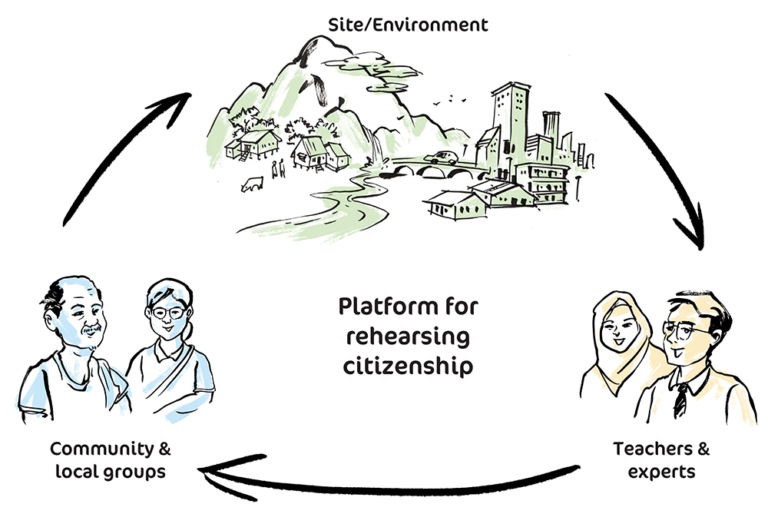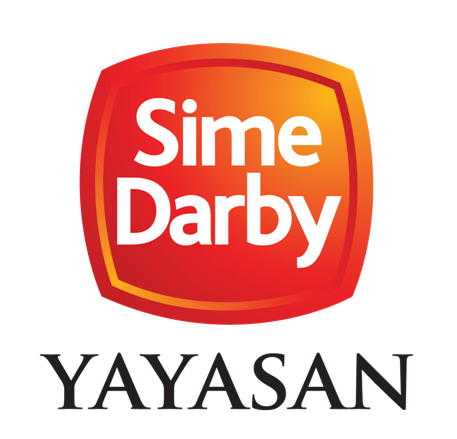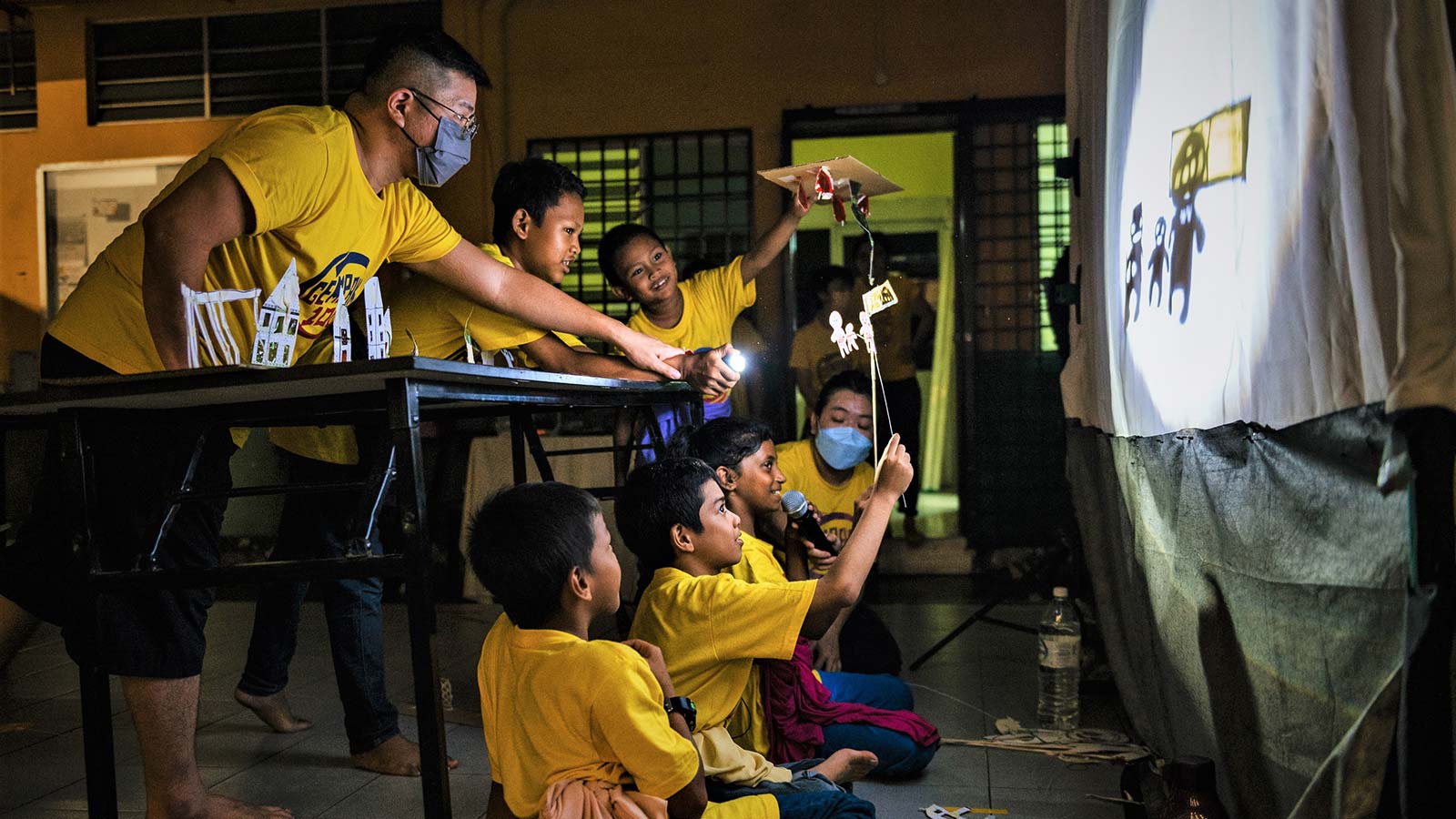About
What is Community-based Learning?
Community-based Learning (CBL) is an educational approach where students learn through engaging with their local community and environment. Focusing on a real place, real people, and real issues, CBL locates the student in a context where they can activate their learning in an authentic setting.
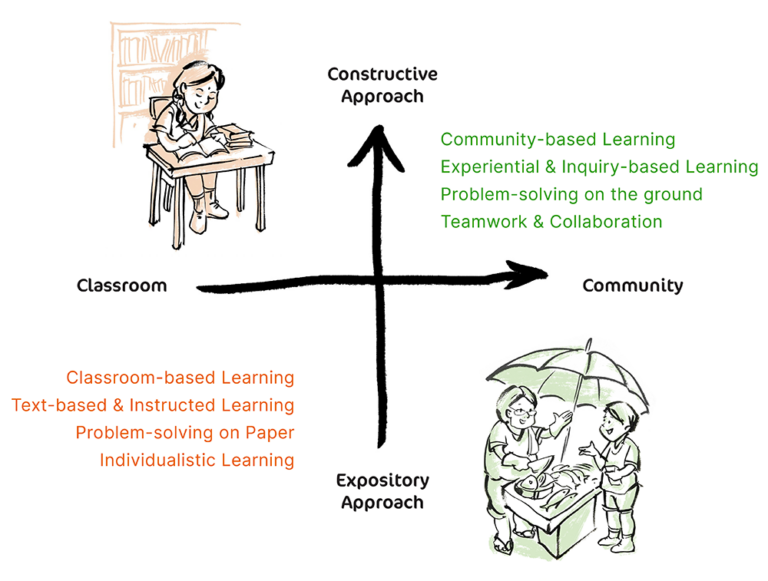
A classroom-based approach to learning is text-based and limited to problem-solving on paper. In contrast, a CBL approach is characterised by experiential learning: students learn by doing and interacting with a real community and environment. They are encouraged to explore, investigate, and make sense of their own findings. They are given opportunities to think critically, reflect on what they’ve learned, and work together to solve problems.
How is CBL linked to other approaches?
CBL emphasises learning through hands-on experiences and collaboration, but it’s not just a field trip! It includes other effective teaching and learning strategies, such as project-based learning, inquiry-based learning, and problem-based learning., achieving multiple Combining these strategies Using these cross-curricular elements together in a single programme that helps students develop their ability to face 21st century challenges.
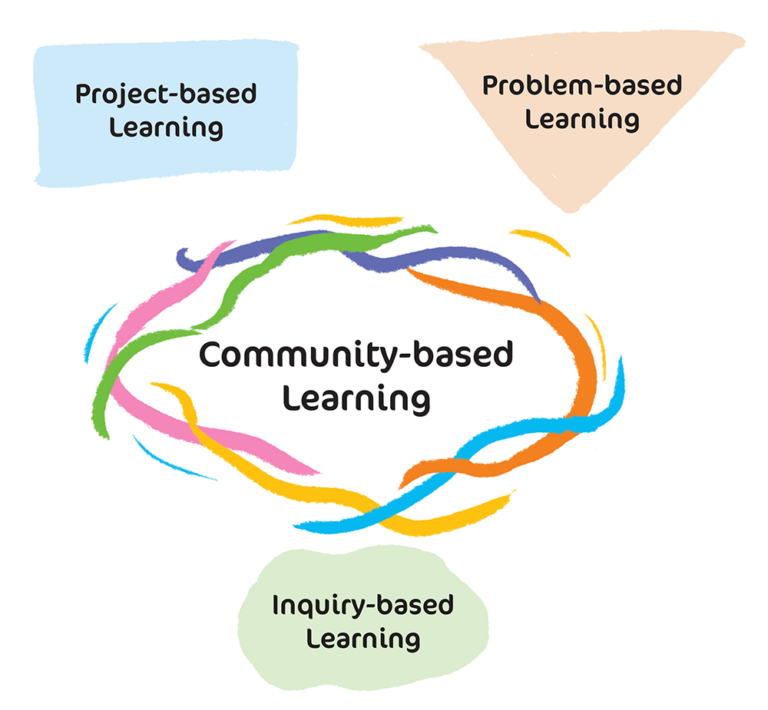
What makes a “Community” in CBL?
CBL can take place in any authentic community or environmental setting. It can be in your school, a nearby migrant village, a local park, a historical site, a neighbourhood market, or your students’ own homes, as long as you focus on a real place and its real people and real issues

Remember, the 3 essential parts of a CBL project are:
- a site/environment;
- a community and other stakeholders such as local groups; and
- teachers and experts as facilitators or guides.
